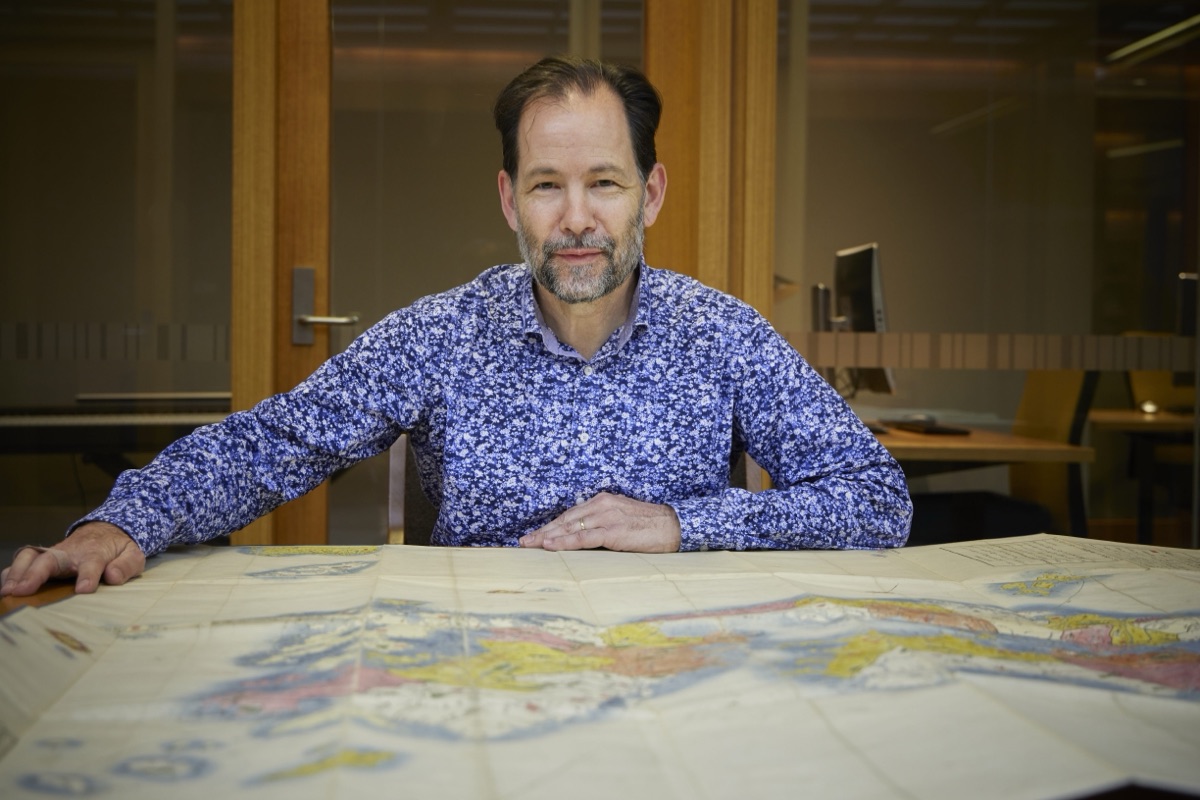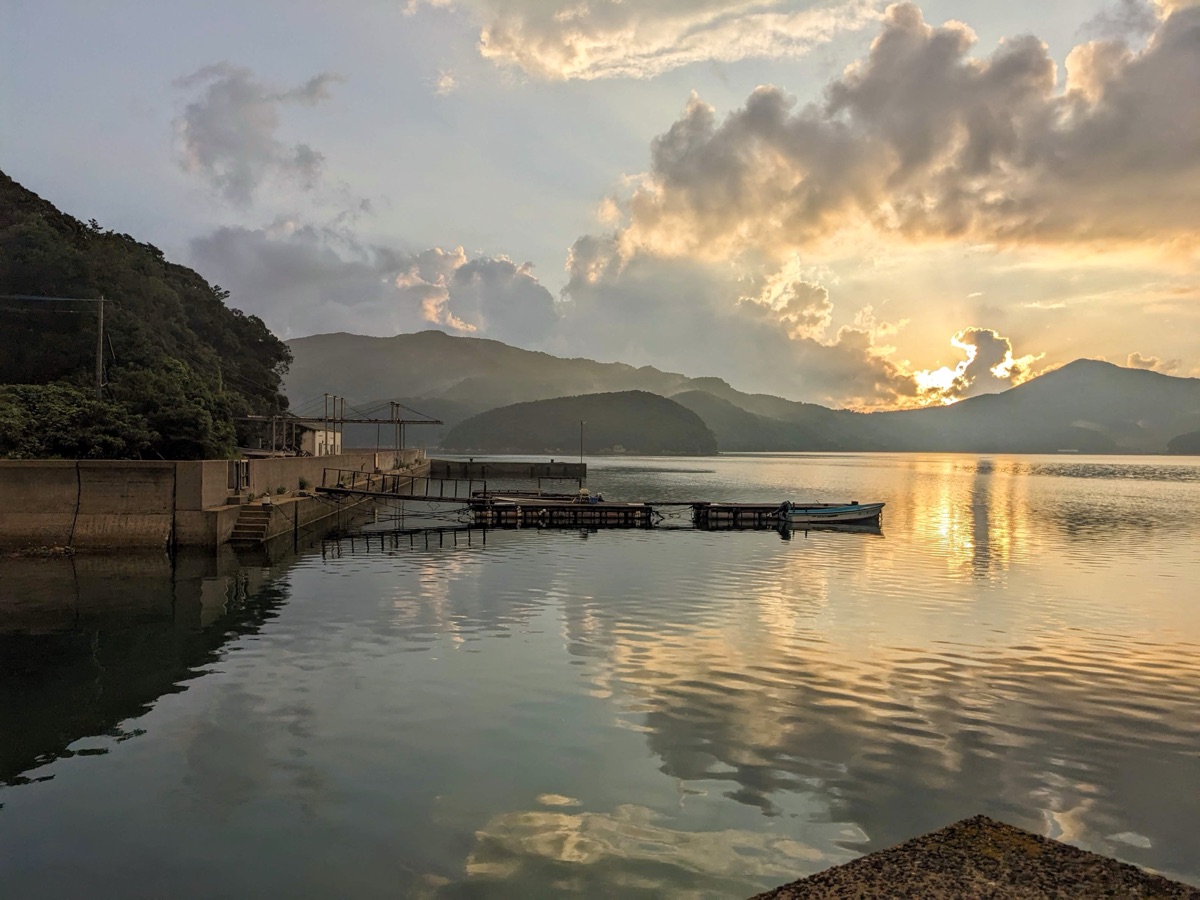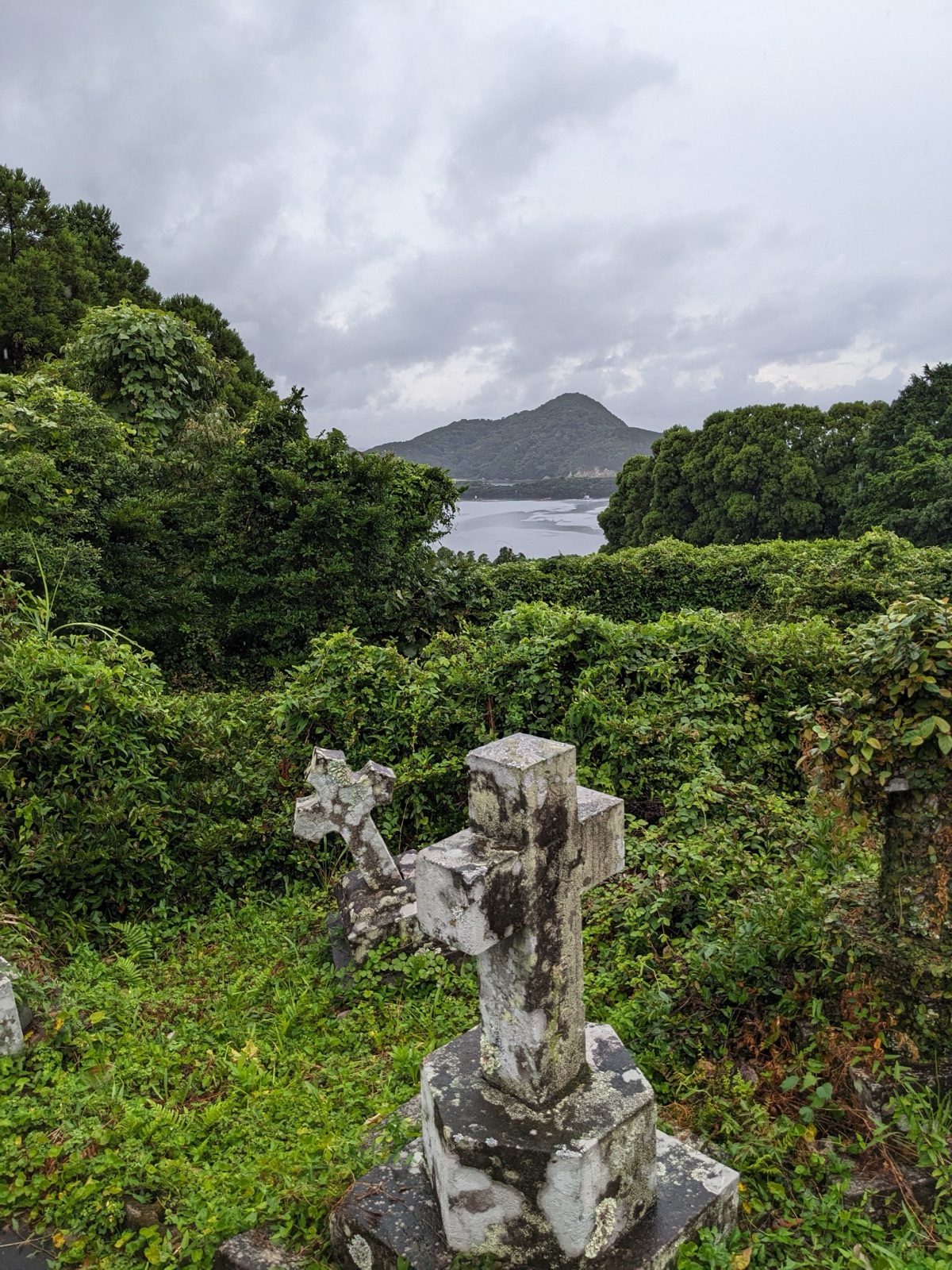
Image: Dr Gwyn McClelland. Photo courtesy of the National Library of Australia.
Dr Gwyn McClelland, a UNE Japanese Studies Senior Lecturer and oral historian, has recently published some of the extraordinary history he has drawn from researching Japan’s “hidden Christians”.
Christianity arrived in Japan with Jesuit missionaries in the 16th and 17th centuries. After the Jesuits’ proselytising had gained some initial success, finding converts across all ranks of Japanese society, the Japanese Tokugawa shogunate turned isolationist against at least some foreign influences. Christians were brutally persecuted in the 17th Century, and the descendants of survivors who had secretly clung to their faith were again persecuted with a fresh outbreak of violence in the 19th Century.
Only with the opening up of religious freedom in the late 19th Century did the “hidden Christians” start to come into the open, in particular those who reverted to Catholicism. Even then, both the Catholics, and the other continuing ‘hidden Christians’ routinely suffered social and economic discrimination until well after World War II.
Dr McClelland travelled to Japan’s Gotō Islands in 2022 and 2023, where descendants of Japan’s first Christians have continued varied traditions, and interviewed several members of the community about their understanding of their turbulent history.
Dr McClelland’s published work forms part of the Yanai Initiative project, Japan Past & Present, a digital hub for interdisciplinary and international research in Japanese humanities. His work in the Gotō Archipelago, a UNESCO World Heritage site, was supported by a 2022 National Library of Australia Fellowship and an associated Japan Foundation Fellowship.

Image: Sunrise on the island of Hisaka, in Japan's Gotō Archipelago.
Matt Cawood from UNE Communications asked Dr McClelland to expand on the nature of his project.
How did you become engaged with this project, and why?
This project beginning with the World Heritage sites come out of my interest in the significance of trauma in history, and how it is understood often through familial memory.
My first major academic project involved the writing of a collective biography of atomic bomb hibakusha, and in particular the Catholic survivors of the 1945 bombing of Nagasaki. As I discussed their experiences, it dawned on me that the Gotō Islands had not only acted as a refuge after the bombing for some Catholics, but it loomed large in their understanding of communal Kirishitan (Christian or Hidden Christian) history. Their stories described their community’s interpretations of the bombing through a lens of ‘survival’ over two hundred and fifty years of persecutions in the regions of Nagasaki prefecture, and in this history the Gotō Islands were significant. Just as there was a history of persecutions in Urakami, where the atomic bomb was dropped, there was a concurrent history in the Gotō Islands.
Can you sketch out the history of Japan’s “hidden Christians”?
A history I wrote for the project is outlined here
One of my aims is to show how varied this group is. Scholars now refer to the Hidden Christians using two Japanese terms: Sempuku Kirishitan, referring to Hidden Christians prior to 1873, and Kakure Kirishitan, referring to Hidden Christians who did not return to Catholicism following the persecution period, from 1873 to the modern day.
Within these two groupings, there are other regional and temporal differences between the Hidden Christian groups that have been the subject of much study over the years.
Are the Hidden Christians you interviewed direct descendants of the survivors of the 17th Century persecutions?
Yes, they are the direct descendants of ‘survivors’ – and they migrated to escape persecutions. So their arrival on the islands can be traced (as I do in the project) to the late 18th Century, mostly after 1797.
When the French missionaries arrived in the late 19th Century, not only did these groups have material objects that showed their relationship to the Portuguese and Spanish missionaries of the 17th Century, but they used terminology and related oral traditions with origins in the religious experiences of their ancestors. They also remembered their ancestors’ persecutions and martyrdoms and inherited a form of baptism (as is discussed in one of the interviews on the site) as well as oral traditions of prayer.
As I explain, though, their religious practice was hybrid in nature, as it was ‘hidden’ by their concurrent attention to Shinto and Buddhist traditions.
When did Japanese Christians re-emerge into the nation’s culture without suffering discrimination?
In 1873 when a major exile ended there was a consequent easing in persecution. However, religious freedom was first incorporated in the Meiji Constitution somewhat later in 1889. Even after the Constitution, though, elements of discrimination remained for a long time – especially pre-World War II, as you may imagine.
To give a small example, in one of my interviews the interviewee told me their brother had remembered in the early 20th Century when there was a watchhouse where a non-kirishitan local was posted to make sure the ‘kirishitan’ (Hidden Christians or Catholics) took only fish, and not abalone, or other proscribed sea products in their village.
Can you comment on how these people remained steadfast to Christianity throughout persecutions, and the general social stigma and poverty that went with being outside the social norms?
Although Japan is often thought of as homogenous, anyone who has travelled around regional Japan would realise that local customs and social norms are varied and rich – food, religion, clothing, customs, speech and language are incredibly varied.
In a regional area of Japan like the Gotō Islands, you would expect to find quite particular social traditions and religious festivals. So for a peasant community, remembering their ancestral experiences, traditions and passing on stories was integral to their existence. These people were poor rural farmers and fishing people who were generally ignored anyway, and we also need to remember that their local daimyos were often keen to avoid scrutiny in the Tokugawa world, so did not particularly want to ‘discover’ that people were continuing ‘kirishitan’ traditions.
Hopefully the generational transmission of familial traditions and their memory of their ancestors will make more sense as people read (and listen) to the interviews in this project.
As a researcher, did you glean any insights that you have not so far imparted via the Past & Present project?
Yes, I did. I have been writing as much as possible, especially over the last 12 months, and I am currently preparing a book proposal for a second monograph, in which to include these insights in much more depth.
I am still planning to collaborate and hopefully work with some of the islanders I met to contribute to the writing, but I intend for the discussion to touch upon critical insights about heritage, the World Heritage sites, and their relationship to both memory and history.
I also hope that the book will be open access, so that it is of more use for the Gotō Island and Nagasaki communities as well.
Where to from here, both for this project and your own work in Japan?
As well as the monograph, I intend to publish some more work on this project in article or book chapter formats. Additionally, I am aiming as possible to make some more connections to history projects in heritage, memory and history in the Australian context.
I am involved in collaborations with other Japan and Asia Studies specialists, as well as through the UNE Asia-Pacific Network (APN).
Apart from that, at UNE I’ve really enjoyed the opportunity to begin teaching this year about ‘Decolonisation’ in Asia within a new Master level unit called HIST547 ‘Asia Decolonised?’

Image: A Catholic graveyard on Fukue Island, in Japan's Gotō Archipelago.

